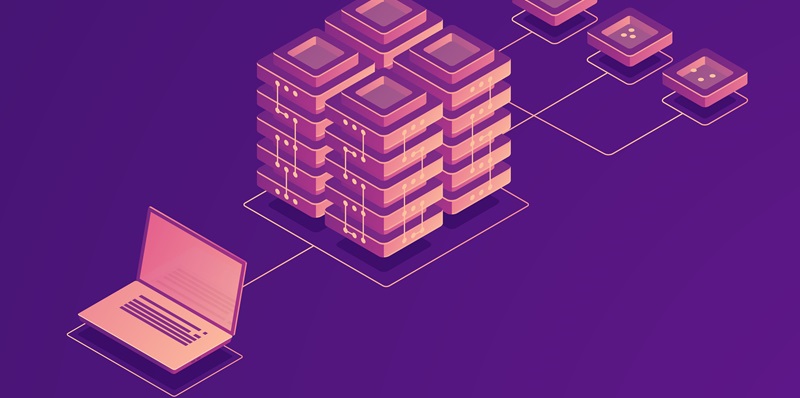In the digital age, data storage plays a crucial role in the efficient functioning of businesses and applications. With the evolution of storage technology, different approaches have emerged to cater to the diverse needs of users. This article delves into the intricacies of block storage, file storage, and object storage, highlighting their unique features, benefits, and limitations.
Block Storage
Block storage stands out with its ability to provide precise control over the location of data on disks. It allows users to define and manage data blocks using direct addressing, making it an ideal choice for applications that require fine-grained control over storage operations.
Due to its precise control, block-level storage proves to be highly advantageous in scenarios where databases or applications demand fine-grained control over the storage process. Its ability to optimize performance and minimize latency makes it an excellent choice for critical operations.
File Storage
File storage, as the name suggests, is a storage system that operates on the concept of files and folders. It offers a familiar and user-friendly approach to data storage.
File storage systems are compatible with a wide range of operating systems, providing versatility in deployment. They seamlessly integrate with popular protocols like SMB (Server Message Block) and NFS (Network File System), enabling easy access and sharing of files across networks.
File storage allows multiple users to simultaneously access and modify files, making it an excellent choice for collaborative environments. This shared access functionality promotes teamwork and enhances productivity.
Object Storage
Unlike traditional file storage, object storage operates in a non-hierarchical manner. It treats files and folders as objects with unique identifiers.
Object storage breaks down files into discrete objects, each with its unique identifier, metadata, and data. This approach enables efficient storage and retrieval of data and provides great flexibility.
Objects in an object storage environment offer tremendous scalability, allowing for the storage of an almost limitless number of objects. Additionally, rich metadata support accompanies each object, enabling efficient searching and organization of data.
Object storage provides inherent redundancy features, making it easy to create redundant copies of data. This redundancy ensures data availability and protection against failures or disasters.
Advantages of Object Storage
One of the main advantages of using object storage is its scalability. As data grows exponentially, object storage efficiently scales to accommodate an almost limitless number of objects, making it an ideal choice for businesses with rapidly expanding data needs.
Comparison of Performance
Block storage, with its direct addressing and fine-grained control, tends to exhibit low latency and negligible overhead. This makes it suitable for performance-critical operations such as database management systems.
When compared to block storage, file storage introduces additional overhead due to the file system and access protocols. These components can impact performance and latency to a certain extent.
While object storage offers scalability, the latency may become a concern, especially when dealing with large amounts of data. However, advancements in hardware and software have significantly improved object storage performance in recent years.
Accessibility
One of the notable advantages of file storage is its network accessibility. File servers, utilizing protocols like SMB and NFS, allow users to access and manipulate files remotely, facilitating seamless sharing and collaboration.
Limitations
Block storage, with its focus on individual data blocks, may suffer from limited support for metadata storage. Additionally, it can experience inefficiencies and file fragmentation, affecting performance and data organization.
File storage environments might encounter performance bottlenecks when dealing with large files or high input/output operations per second (IOPS). These scenarios can strain the file system and impact overall performance.
Redundancy and Data Protection
Both block storage and file storage offer capabilities for redundancy and data protection. By utilizing technologies such as RAID (Redundant Array of Independent Disks) or erasure coding, they ensure data availability and resilience against hardware failures.
Object storage takes redundancy to another level by implementing built-in redundancy mechanisms. It enables data replication to different regions or even multiple cloud providers, offering enhanced data protection and disaster recovery capabilities.
Understanding the differences and nuances among block storage, file storage, and object storage is crucial for making informed decisions regarding data management and storage. Each approach has its strengths and limitations, making them suitable for specific use cases. By carefully evaluating their characteristics and aligning them with business requirements, organizations can optimize storage strategies and ensure efficient data management in today’s evolving technological landscape.

